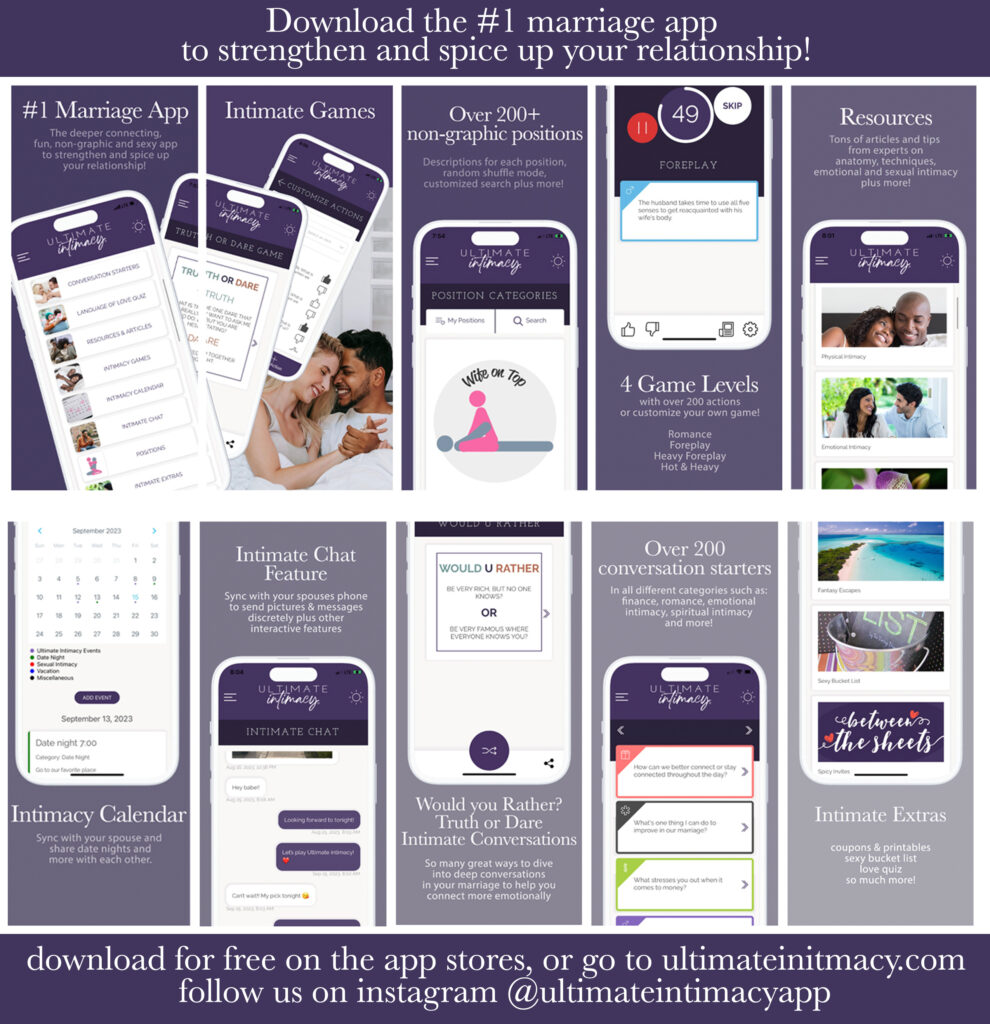You don’t see it. You’re not aware of it.
But you own (or are perhaps owned by) a guilt machine.
This guilt machine runs all day, every day, with the sole purpose of destroying your ability to focus on what matters most.
“But what is this invisible machine running our lives?” you say.
It’s not our phone, our computer, or our tablet, though it uses these devices to impose its will.
No, the guilt machine runs on the oxygen of emotion. It’s that subtle but uncomfortable feeling that someone needs us — that there is a friend, a family member, or a coworker desperately waiting on the other side of a text or email thread for our response.
This feeling of “response guilt” is powerful, so powerful that we’re willing to do just about anything to get rid of it.
Response guilt leads us to devote our mental attention during a Chutes and Ladders game with our kid, not to avoiding that massive slide at the end, but to mentally composing work emails we forgot to send.
Response guilt leads us to interrupt our time lounging at the beach on vacation to deliver punctual responses to each incoming text.
Response guilt leads us to spring like a gazelle out of our seat at family dinner to intercept our coworker’s random request.
This experience of response guilt makes it nearly impossible to be present in our lives.
But that’s not the real problem. The real problem is that this guilt machine keeps us fixated on other people’s priorities, oblivious to our own.
Their texts, their emails, and their voicemails set the agenda for our lives.
How can you bring your focus back to your priorities rather than theirs? Try these three tools.
Tools
1. Turn it off.
This is the most straightforward tool for disrupting the guilt machine that runs our lives: turn off the devices that feed this continuous feeling of unease.
Shut down your email program so you can focus on your highest priority work.
Put your phone on Do Not Disturb so you can pay attention to your partner and your kids.
Turn off all non-essential notifications on your phone so you no longer hear the siren calls of all those people out there trying to capture your attention.
2. Feel the discomfort.
Turning off your devices is a great first step. But the experience of response guilt is often so strong, so all consuming, that even if you turn off your texts, emails, and notifications, you’ll still encounter that queasy feeling that there’s someone out there desperately awaiting your response.
When we feel this way, our default habit is to get rid of it. We discharge the discomfort by responding to the text or spending hours battling our way to inbox zero, all so we don’t have to feel quite so guilty.
But there’s an alternative to this self-defeating strategy.
What if we just experience this unnerving feeling of response guilt head-on? What if we allow it to be exactly as it is?
This isn’t easy. It doesn’t feel good. And yet this direct confrontation with guilt might just be your gateway to liberation.
Because after a few minutes, the intensity of the discomfort fades. And now you have the rare freedom to place your attention on what matters most to you.
3. Say it out loud.
Now let’s get crazy.
Sometimes, it’s helpful to say out loud the choice you’re making in the most absurd way.
“Right now, I’m making my colleague’s request for a DropBox link to a video they need more important than reading a book with my own child. #MessedUpPriorities.”
This direct and over-the-top statement of what is actually happening can paradoxically help you build the motivation to break the habit.
This article was reposted and used with permission from The 80/80 Marriage

